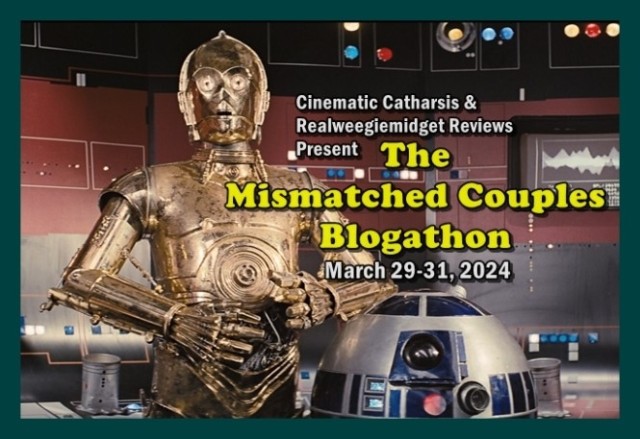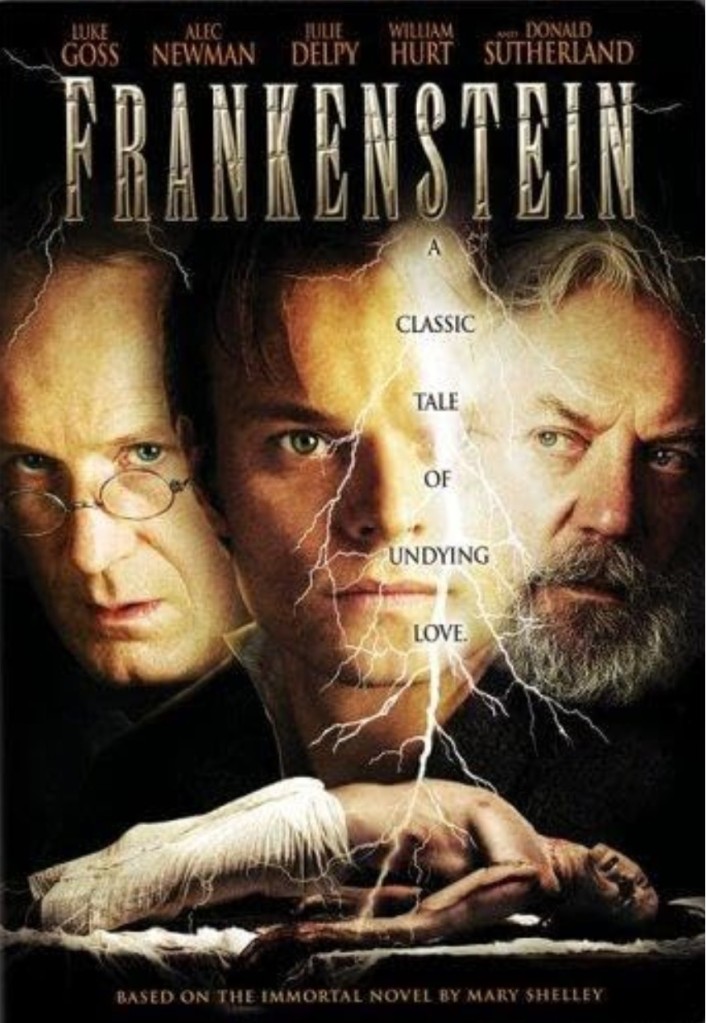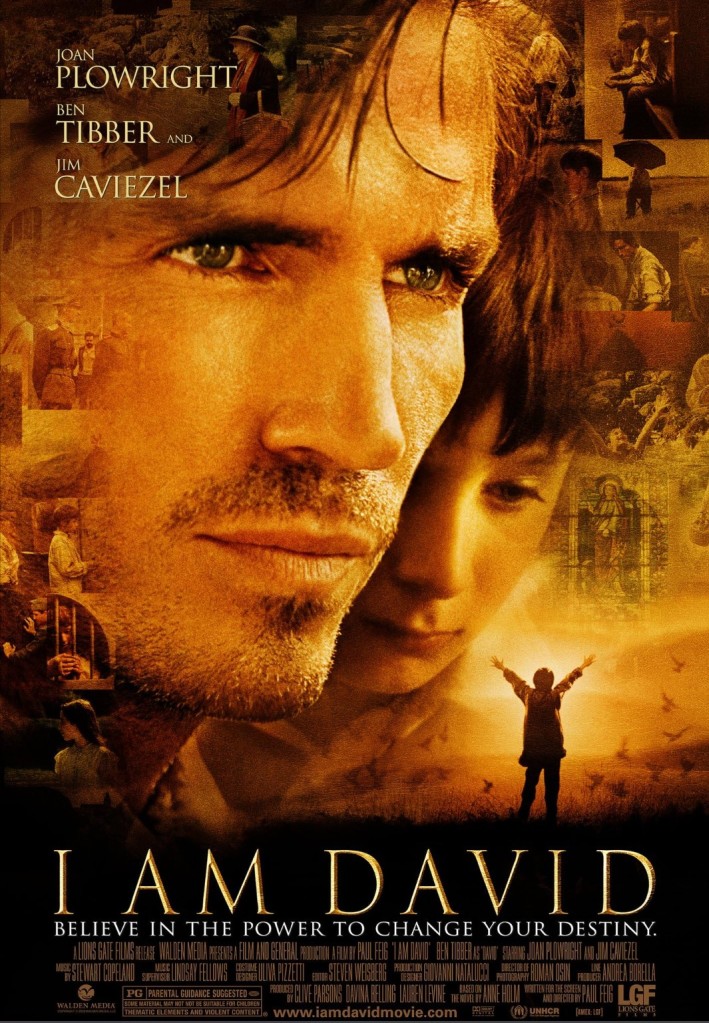In this season premiere of When Calls the Heart, there were so many things that were inspiring enough to talk about in my re-cap’s introduction. However, I decided to focus on a quote I’ve referenced on my blog before. In the book, Wonder, the protagonist, Auggie, stated “Everyone in the world should get a standing ovation at least once in their life because we all overcometh the world.” After a criminal was caught by Nathan in this episode, everyone wants to give Nathan his “standing ovation”. But Nathan doesn’t feel he deserves it, as he thinks he just did his job. The idea of a worthy individual receiving a “standing ovation” is a nice one. However, in order for a “standing ovation” to take place, the person in question has to want it. This is a concept that isn’t explored often in stories. Therefore, I’m glad Nathan’s story gave me something to think about!
Just a reminder: If you did not see the season premiere of When Calls the Heart, there will be spoilers within this re-cap.

Season: 11
Episode: 1
Name: When Stars Align
Shortly after becoming Governor, Lucas gets shot by someone
he knows. When Bill learns of this news, he informs Nathan and Elizabeth of
what happened. During a phone call, Edwin, Lucas’ campaign assistant, shares
with Elizabeth how Lucas had to have surgery in order for the bullets to be
removed. After learning this, Elizabeth and Bill go to Capital City to visit
their friend. Lucas not only survives his ordeal, he is eager to start his new
journey as Governor. However, he doesn’t remember who shot him. While Lucas is
in the hospital, Henry pays him a visit. Lucas offers him a position on his
team. Though appreciative of Lucas’ offer, Henry turns it down. Later in the
episode, Lucas calls Rosemary and Lee. He informs them of an upcoming radio
announcement and thanks Lee for giving him a patch of land. On the day of the
announcement, Lucas reveals he will build a resort near Hope Valley, using the
land Lee gave him. It is a part of Lucas’ plan to improve Hope Valley and its
surrounding communities.
Four months after Lucas was shot, Nathan arrested Pike, a
man who confessed to shooting Lucas. A gun with Pike’s prints is also
discovered. Believing justice was served, everyone in Hope Valley congratulates
Nathan for saving the day. Everyone except Bill. He feels Lucas’ case was
solved too quickly. Bill also finds it odd how Montague was overlooked as a
potential suspect. During a private discussion, Bill shares his concerns with
Nathan. Nathan confesses how he has his own hunch about the case, as well as
requesting the case remain open. Nathan’s request was denied. Meanwhile,
Rosemary is desperate to become involved in the mystery. By questioning Bill,
she discovers his doubts about the case’s outcome.

Through a telegram, Faith learns Fiona has permanently moved
to Nashville. This news causes Faith to become lonely. She shares her feelings
with Minnie, who reminds Faith how she isn’t alone. In this same episode, Faith
takes care of a patient named Dora. Troubled by Dora’s cough, Faith listens to
Dora’s lungs. Discovering her patient has breathing issues, Faith prescribes
Dora medication. But the following day, Dora experiences a cardiac episode.
Concerned for her patient’s well-being, Faith calls the hospital in Benson
Hills. Because Dora came to Hope Valley with her young grand-daughter, Lilly,
Faith is worried about who will look after the girl. After Dora is sent to
Benson Hills, Dora sends a telegram informing how, during her recovery, Faith
she should look after Lilly.
Because of Fiona’s departure from Hope Valley, Mei has been
tasked with looking after the barber shop. Along with this responsibility, she also
has to maintain the pharmacy. Overwhelmed by everything on her plate, she asks
Mike for his help. He agrees to help, quickly taking note of Mei’s stress.
Offering another helping hand, Mike gives Mei a bike as a gift. He explains to
her how the bike will allow Mei to travel in a shorter amount of time. The
basket on the bike will also give Mei more room to store mud from Hope Springs.
Mei is appreciative of Mike’s gift. Their interaction causes Ned to comment how
Mike and Mei act like an old married couple.
With Lucas recovering in the hospital, Elizabeth reflects on
everything that happened in the four months since he was elected Governor. She
comes to the conclusion that life shouldn’t be taken for granted, as anything
can take place in the blink of an eye. In order to put actions to words,
Elizabeth decides to get a hair-cut. But with Fiona now in Nashville, Elizabeth
thinks the hair-cut will have to be postponed. Being the good friend that she
is, Rosemary volunteers to cut Elizabeth’s hair. Elizabeth accepts her friend’s
offer, but wants a hair-style that is simpler. The next day, Elizabeth reveals
her new hair-style with several of Hope Valley’s residents. The change with
Elizabeth’s hair receives positive results.

Some thoughts to consider:
This season premiere of When Calls the Heart was pleasant! Even though some of the stories were stronger than others, there are things to look forward to for the rest of the season. However, I found this episode’s trailer to be a bit cruel. Within this commercial, there was a clip of Lucas from the previous season. When this clip appeared, a voice-over stated how Lucas doesn’t remember anything. I can only speak for myself, but I thought Lucas had developed amnesia. However, this episode revealed how Lucas doesn’t remember anything about being shot. This isn’t the first time When Calls the Heart’s marketing tried to make its audience assume the worst about Lucas. Plus, Lucas’ fans are likely still disappointed by his and Elizabeth’s break-up from season ten. Personally, I found that part of the trailer to be an unnecessary way to spark an emotional reaction over Elizabeth’s relationships.
When Abigail Stanton was on the show, her café was called Abigail’s Café. Since she owned this establishment, it made sense for it to be named after her. But after she left Hope Valley and the Canfields bought her half of the café, I always wondered why the café was still named after Abigail. While watching the season premiere, I noticed in one scene how the café now boasts a sign stating ‘The Café’. Because this restaurant has been a staple of Hope Valley since, practically, the show’s beginning, it makes sense for the café to not feature any person’s name in the title, as the establishment, figuratively, belongs to everyone.
During one of Elizabeth’s classes, Elizabeth tells her
students how, in the following days, Venus and Jupiter will align in the sky,
causing them to be visible from Earth. I found this part of the story to be an
interesting coincidence because this episode premiered the day before April 8th’s
solar eclipse. This isn’t the first time a story on When Calls the Heart has
been unintentionally relevant with the time it aired on television. In the
seventh season’s fourth episode, ‘Sweet and Sour’, Hope Valley’s chickenpox
outbreak coincidently paralleled 2020’s Coronavirus.
As I mentioned in this re-cap, Lucas shares how he will
build a resort on the land Lee gave him. Even though I’m excited to see this
resort come to fruition, I hope Lucas plans on building a theater on that land.
At this point, it’s a pipe dream for Rosemary to receive her theater. But I’ve
always been hopeful of Rosemary’s dream finally coming true. If any character
is going to make that dream a reality, it’s Lucas. Not only does he have the
funds and resources, he did introduce Hope Valley’s residents to movies through
his saloon.

What are your thoughts on season eleven’s premiere of When Calls the Heart? What are you looking forward to seeing this season? Let me know in the comment section below!
Have fun in Hope Valley!
Sally Silverscreen





















